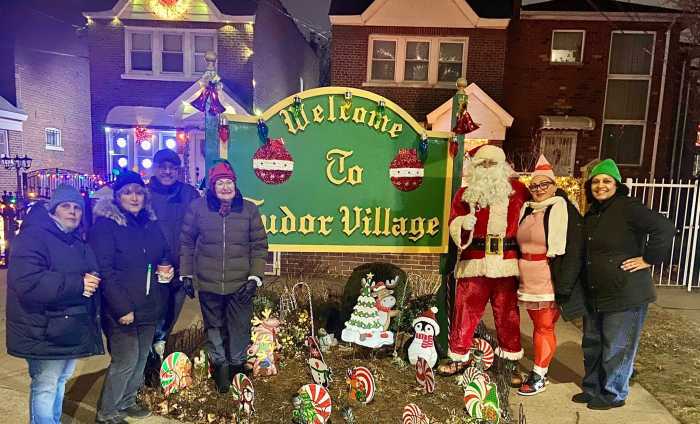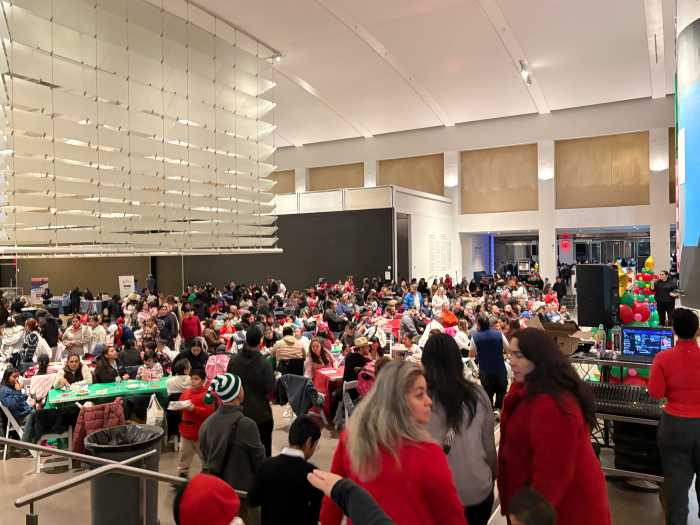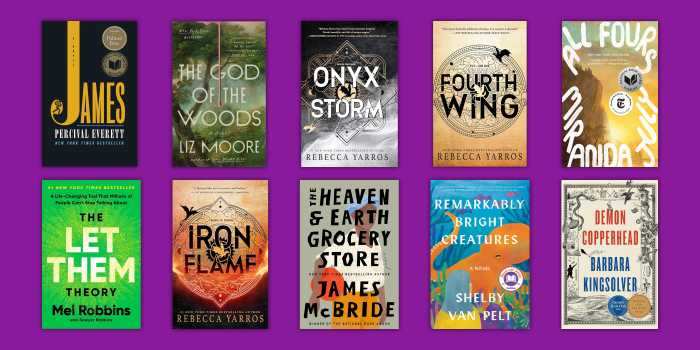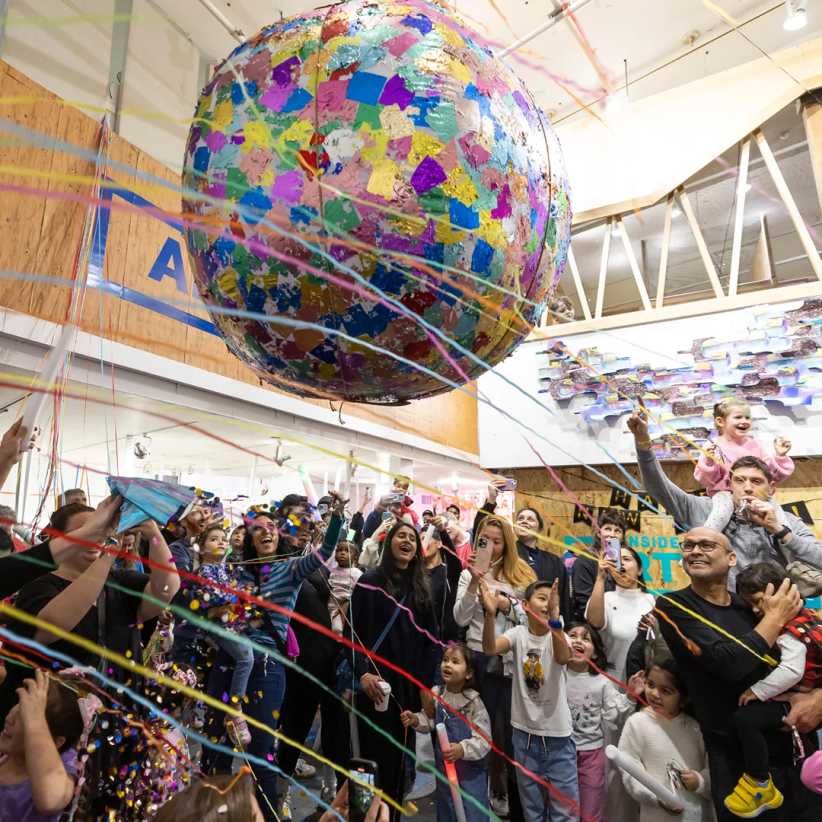By Shanice Punnett
As part of the celebrations surrounding the 50th and 75th anniversaries of the Queens World’s Fairs, the Greater Astoria Historical Society has dug deep into its treasure trove for a new exhibit detailing both events.
“Forecasting a Better Future: New York World’s Fair of 1939 and 1964” includes amateur and professional photographs taken during the festivities.
“Many of these images never before have been seen by the public,” Bob Singleton, executive director of the GAHS, said. “This display is a chance to reconnect the borough of Queens with this fabulous moment of our past.”
Singleton said the New York World’s Fair of 1939–1940 was the first exposition to be based on the future, with an opening slogan of “Dawn of a New Day,” and it allowed all visitors to take a look at “The World of Tomorrow.”
According to the official New York World‘s Fair pamphlet, the eyes of the fair are on the future — in the sense of presenting a new and clearer view of today in preparation for tomorrow. The New York World’s Fair of 1964–1965 hailed itself as a “universal and international” exposition, the fair‘s theme was “Peace Through Understanding,” dedicated to “Man‘s Achievement on a Shrinking Globe in an Expanding Universe.”
“Since ancient times, people have felt a need to gather in World’s Fairs to demonstrate their products, arts and promote their homelands,” Singleton said. “Queens has had two such events.”
Visitors to the exhibit will get a chance to see photos of the nine life-like dinosaurs created for the Sinclair Dinoland exhibit, which was one of the most popular attractions during the 1964 Fair. Some of these models survive at various parks around the country, Singleton said.
Also on display is a photo of Joseph Reiner’s sculpture “Speed” from the 1939 Fair, which depicts the speed of communication. It later served as the inspiration for an album cover design by the Steve Miller Band. The Lifesaver Parachute Jump ride built for the 1939 Fair was moved to Coney Island in 1941. It is no longer used as an amusement ride, but it remains an iconic symbol of the Brooklyn neighborhood. Another photo shows the New York Pavilion, the tallest structure from the 1964 Fair. Its tiled floor decoration was by Texaco and was a map of the state with each of its gas stations highlighted.
Singleton sees value in promoting the two Fairs, especially when firsthand accounts can be related about what went on.
“By the borough coming together we are sharing the excitement with a newer generation,” he said. “That’s really the last step in the circle.”
As for the turnout at the historical society’s events, Singleton said it was always strong.
“Two years ago when we did the 100th anniversary of the Titanic, we crammed more than 100 people into our space,” he said. “We don’t expect that for the World’s Fair, but it should be a good turnout.” The historical society and its affiliates have more than 60 exhibits, tours and lectures each year.
“We also recently had programs on the 50th anniversary of the Kennedy assassination, the Beetles on Ed Sullivan and the infamous Kitty Genovese murder,” Singleton said. “And we are planning a series of events for the 175th anniversary of Astoria Village.”
“Forecasting a Better Future: New York World’s Fair of 1939 and 1964” runs through June 30 at the Greater Astoria Historical Society in the Quinn Building, 35-20 Broadway in Long Island City. The exhibit is free and open at its public gallery weekdays from 9 a.m. to 7 p.m. and weekends 9 a.m. to 4 p.m.



































